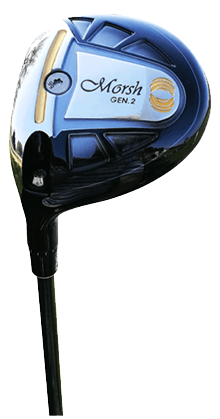Golf ball has a very interesting history. From stone to wooden golf balls, leather balls with feather, rubber and synthetic rubber. Today balls are made out of synthetics. They have different size, weight and dimple number and pattern.
Golf ball has a very interesting history. From stone to wooden golf balls, leather balls with feather, rubber and synthetic rubber. Today balls are made out of synthetics. They have different size, weight and dimple number and pattern.
What is the purpose of dimples?
In the beginning of golf, golfers were using smooth balls from natural materials. Balls weren’t so durable and they started to damage fast. Players noticed that used balls fly farther because of surface imperfections, damages, scratches, holes etc. These surface imperfections were acting as "turbulators" which create turbulence air flow around the ball and reduce drag significantly.
Dimples are VERY important. A golf ball with good dimple design can fly up to 3 times farther than the one without them at all. Let’s take a look why… In simple terms, dimples scoop the air and direct it inwards towards the back of the golf ball. More technically, because of golf ball dimples the streamline flow of air passes the surface closer to the ball creating smaller low pressure area behind the ball, which reduces drag and increases distance.
There are also many kinds of dimple structures depends of the manufacturer which affect ball flight. We will talk about them in one of next posts. Did you know why golf balls have dimples?
Do you prefer Titleist golf balls, Callaway with hexagon dimples or any other?





Comments (0)